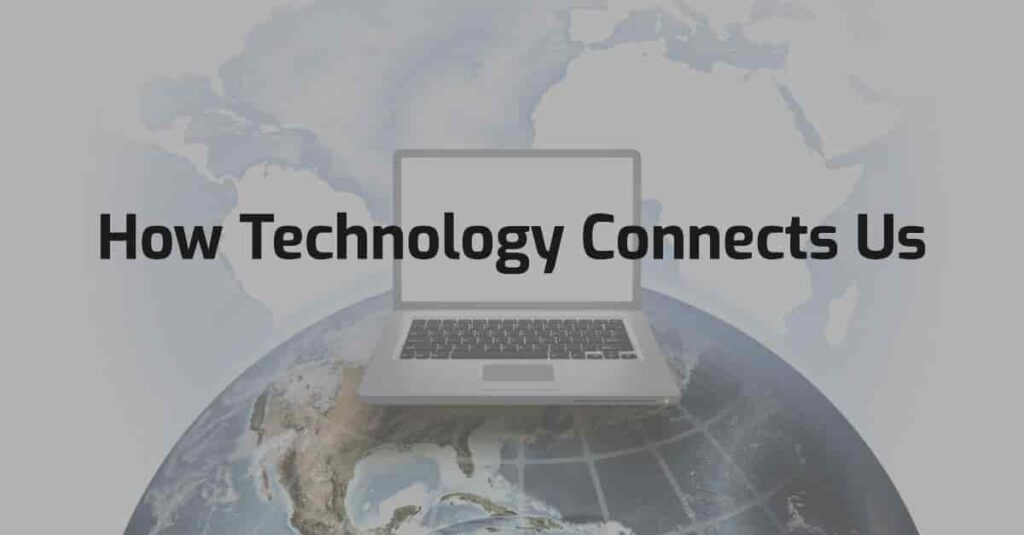
The Rise of Disinformation Security: A New Frontier in Cybersecurity
In the ever-evolving world of Information and Communication Technology (ICT), cybersecurity has traditionally focused on combating malware, phishing, and ransomware. However, as we move deeper into 2025, a new threat has emerged that targets not systems, but perceptions—disinformation. This blog post explores the concept of disinformation security, an under-discussed yet critical area in the cybersecurity landscape.
What Is Disinformation Security?
Disinformation refers to deliberately false or misleading information spread with malicious intent. Unlike traditional cyber threats that compromise systems or data, disinformation aims to erode trust in institutions, brands, and individuals. It thrives in the age of social media, leveraging platforms to disseminate false narratives rapidly. This attack is increasingly being used to manipulate public opinion, disrupt businesses, and even undermine national security.
Real-World Impacts of Disinformation
Disinformation has already shown its disruptive potential in various sectors:
● Corporate Sabotage: A forged memo claiming national security concerns over a semiconductor firm’s acquisition led to a significant drop in stock prices for both companies. Such incidents demonstrate how disinformation can directly impact financial markets.
● Public Health Crises: During the global vaccine rollout, pharmaceutical companies like Pfizer faced targeted disinformation campaigns questioning vaccine efficacy and safety. These attacks not only endangered public health but also tarnished corporate reputations.
● Political Manipulation: Historically, disinformation has been used to distort democratic processes and deepen societal divides. Today, its focus has shifted toward corporate entities and institutions.
The Role of Emerging Technologies
Emerging technologies like generative AI have exacerbated the disinformation problem. AI tools enable the creation of hyper-realistic deepfakes—manipulated videos, images, or audio that are nearly indistinguishable from reality. For example, deepfake videos of public figures have been used to spread false narratives convincingly.
On the flip side, these same technologies can be harnessed to combat disinformation:
● AI-Powered Detection Tools: Platforms like Full Fact use machine learning to automate fact-checking processes, enabling quicker identification of false information.
● Blockchain for Verification: Blockchain technology offers tamper-proof records that can verify the authenticity of information. For instance, projects like The New York Times’ News Provenance Project use blockchain to track the origins and changes made to digital content.
Strategies for Tackling Disinformation
Organizations need a multifaceted approach to address this growing threat:
- Proactive Monitoring: Investing in AI-driven tools for real-time detection of disinformation trends can help organizations respond swiftly to emerging threats.
- Media Literacy Programs: Educating employees and stakeholders on identifying fake news and manipulated media serves as a first line of defense against disinformation attacks.
- Resilient Communication Strategies: Transparent and timely messaging can counteract disinformation effectively. Crisis communication plans should be ready to deploy when necessary.
- Leveraging Technology: Combining AI and blockchain technologies can create robust systems for verifying information authenticity and tracking its dissemination across platforms.
Why Disinformation Security Matters
As ICT continues to integrate deeply into every aspect of society—from healthcare to governance—the stakes for combating disinformation are higher than ever. Trust is the cornerstone of digital ecosystems; without it, businesses lose customers, governments face public backlash, and communities become fragmented.
Disinformation security represents a critical frontier in cybersecurity—one that requires collaboration between technology developers, policymakers, and organizations worldwide.
References
- “Top 10 IT Trends to Consider in 2025,” Artoon Solutions.
- “Tech Trends That WON’T Happen in 2025,” ABI Research.
- “What is disinformation security? Risks & challenges in 2025,” ManageEngine Insights.



